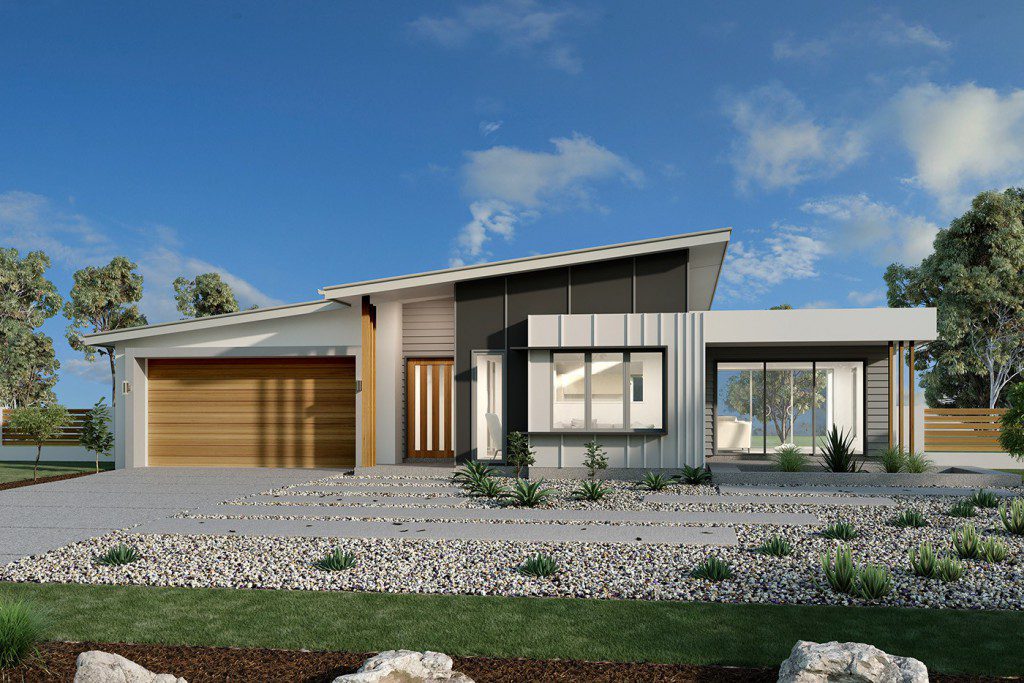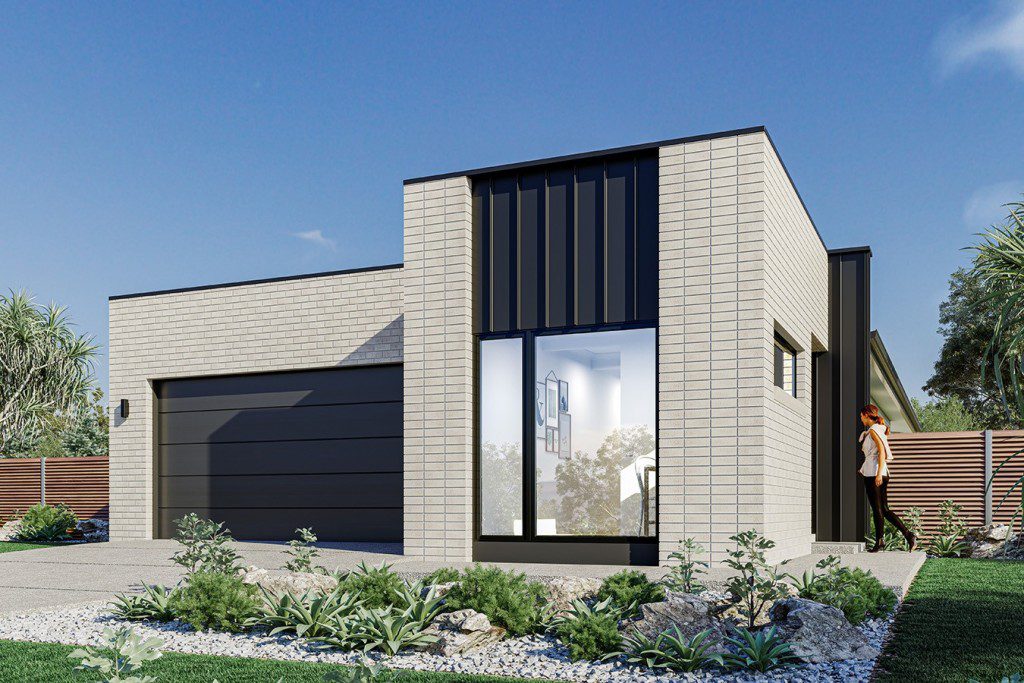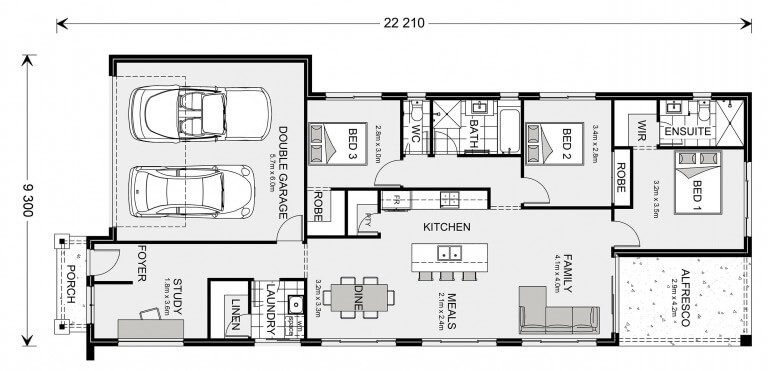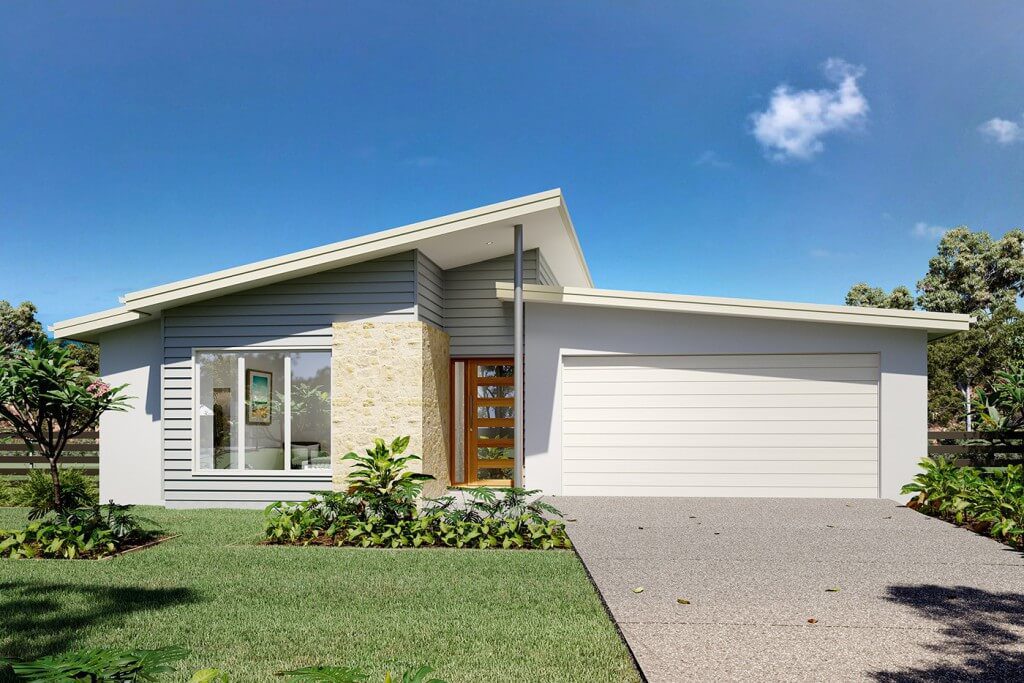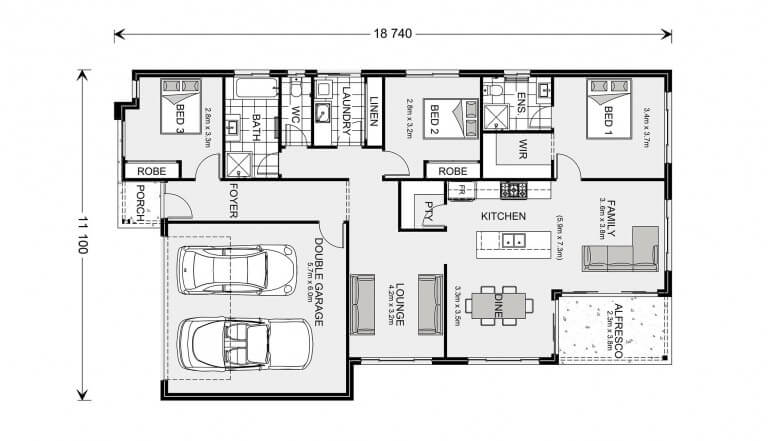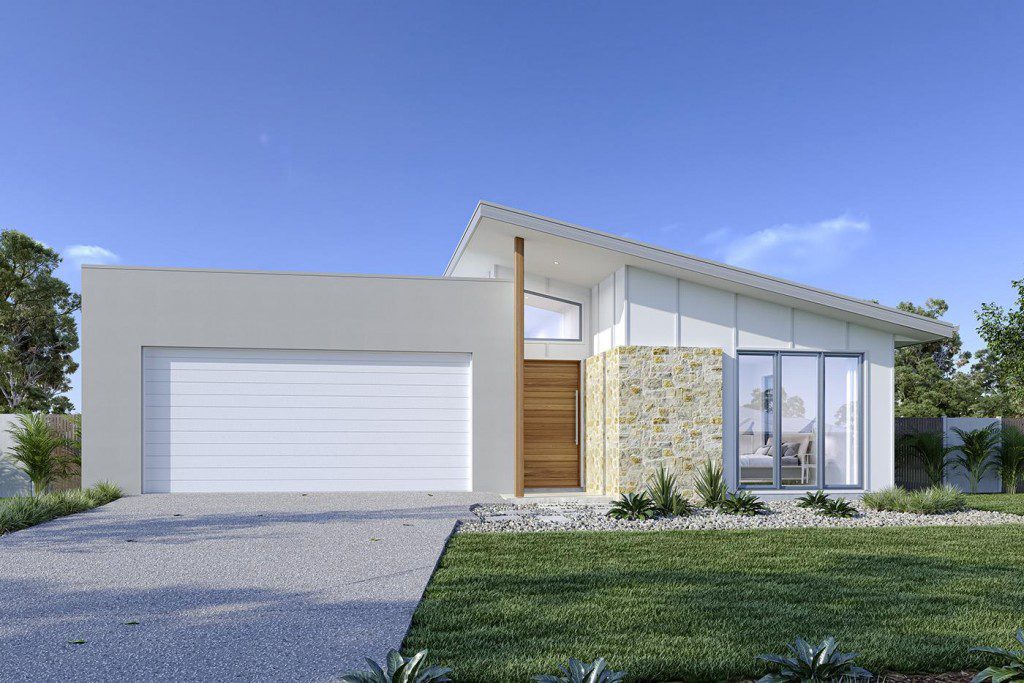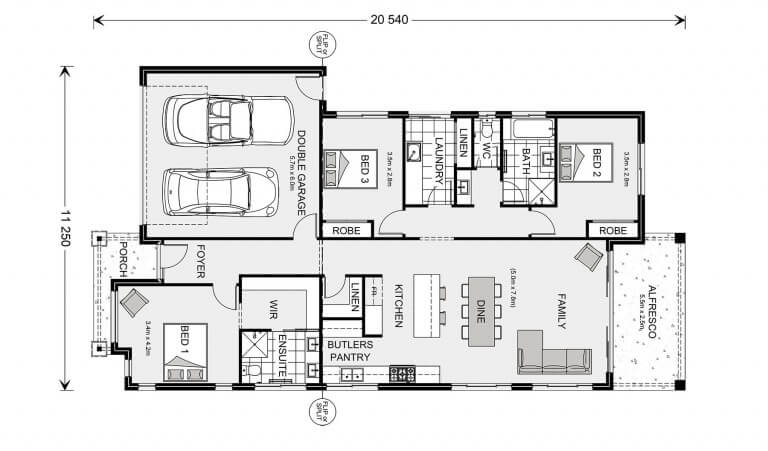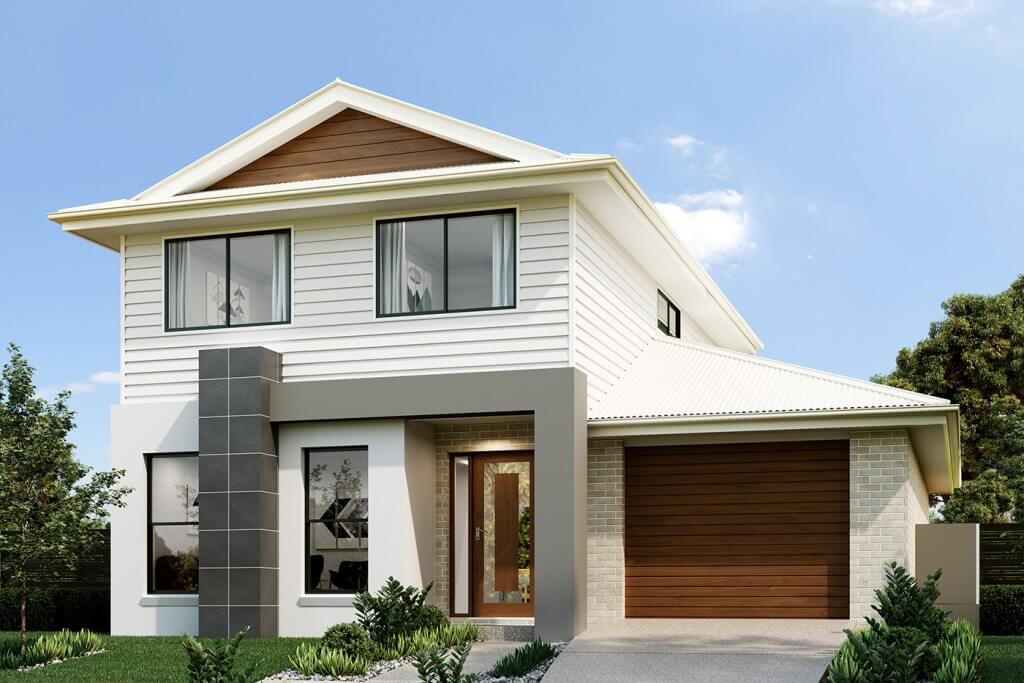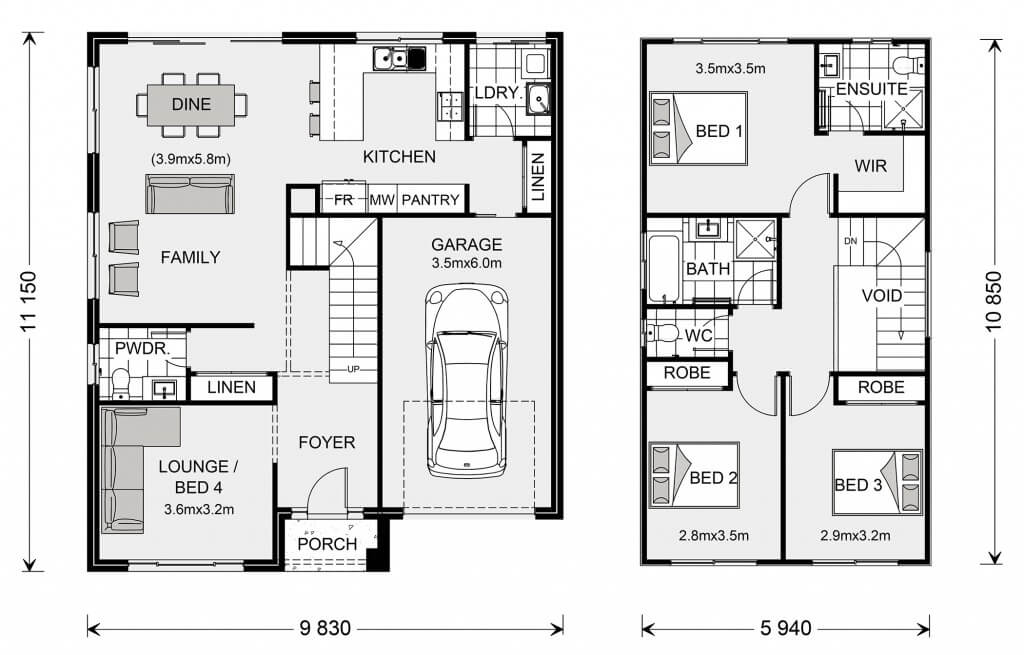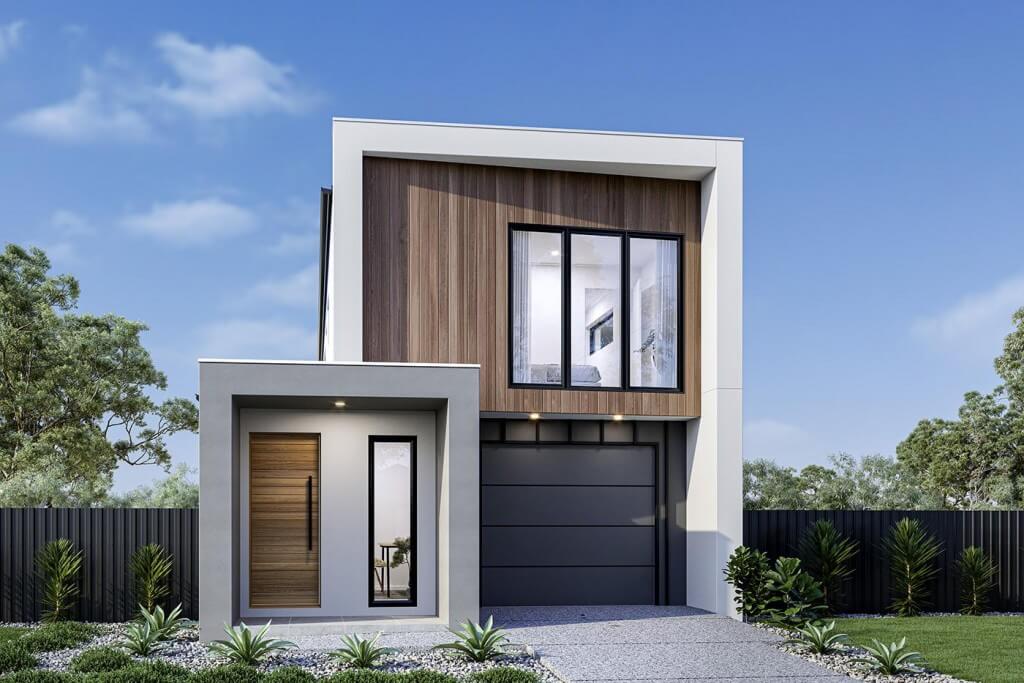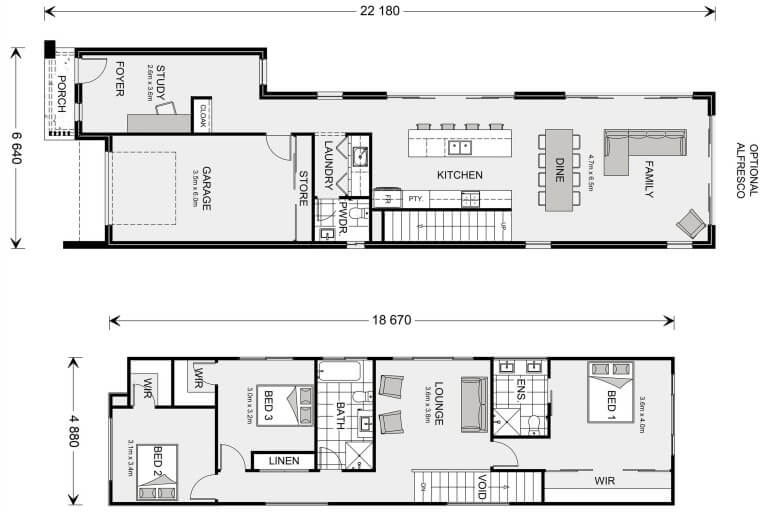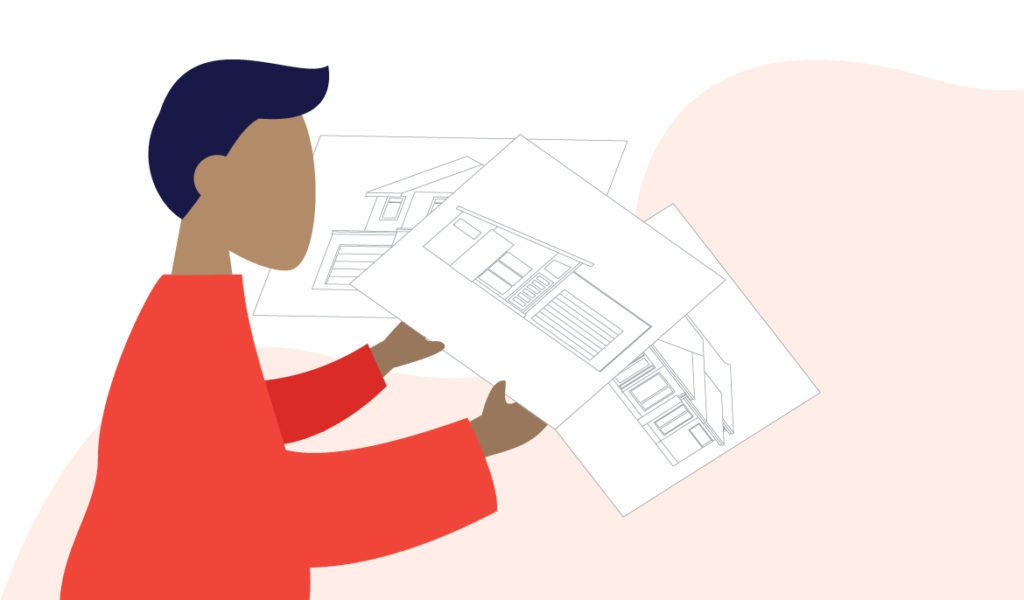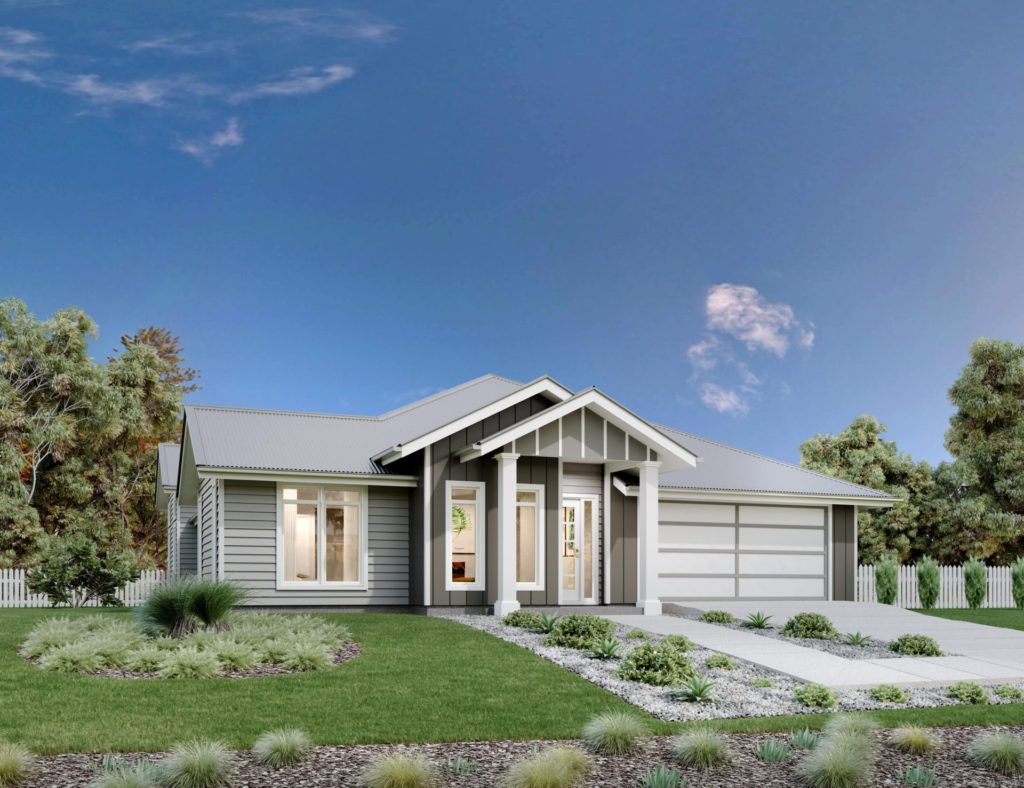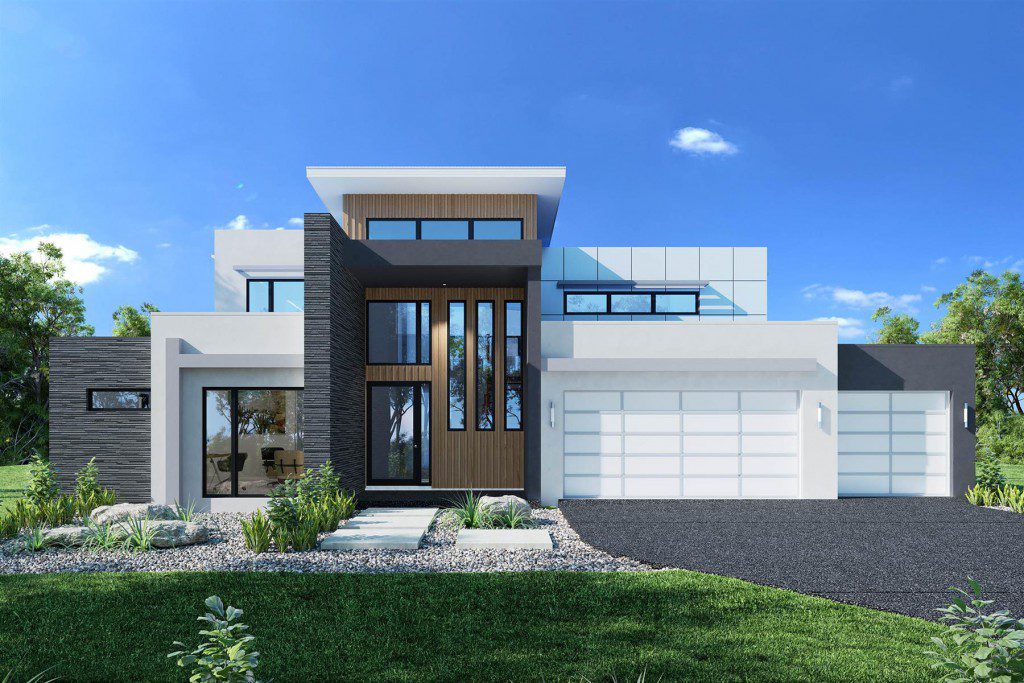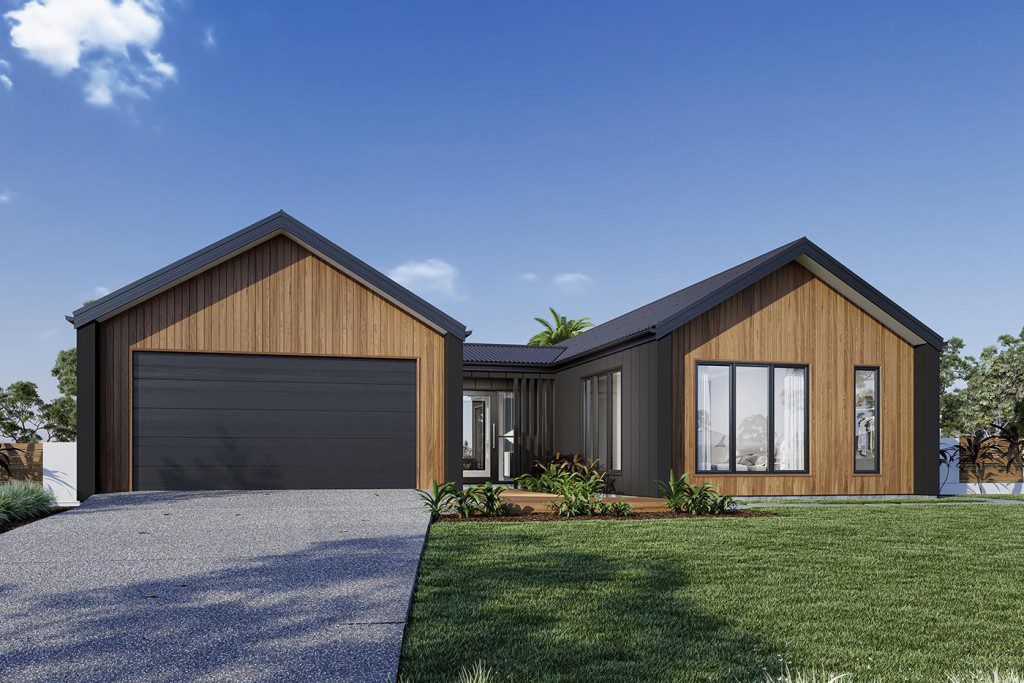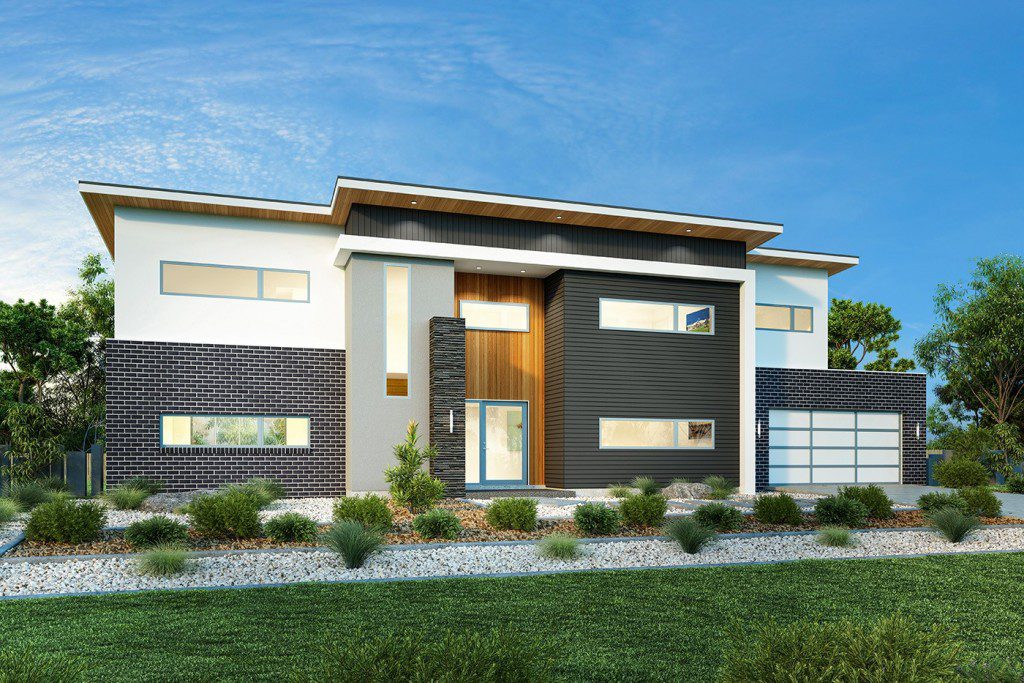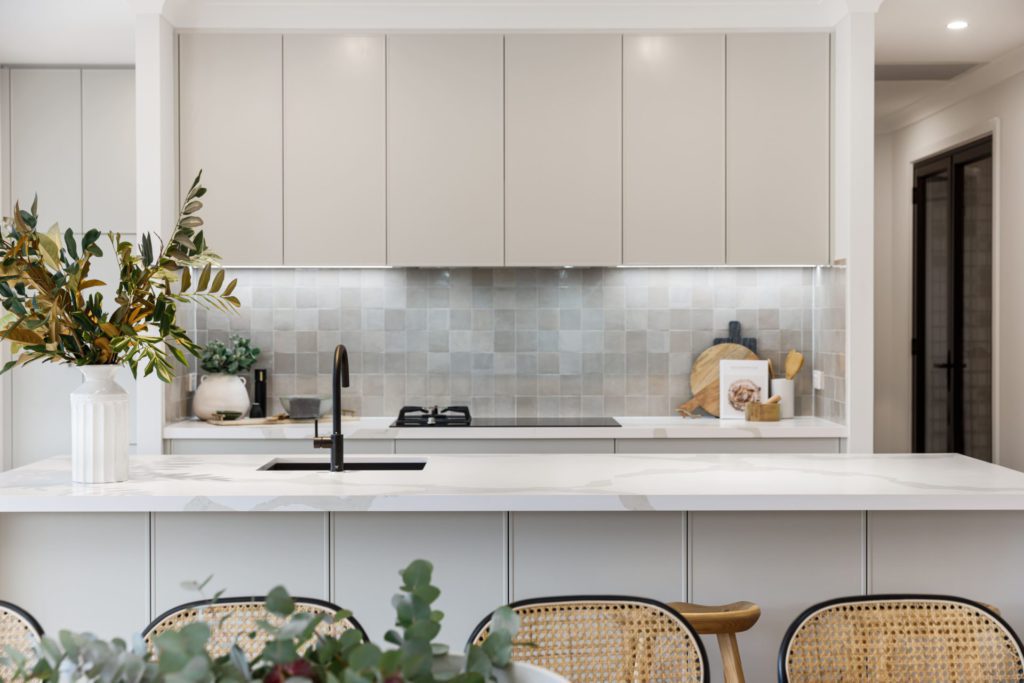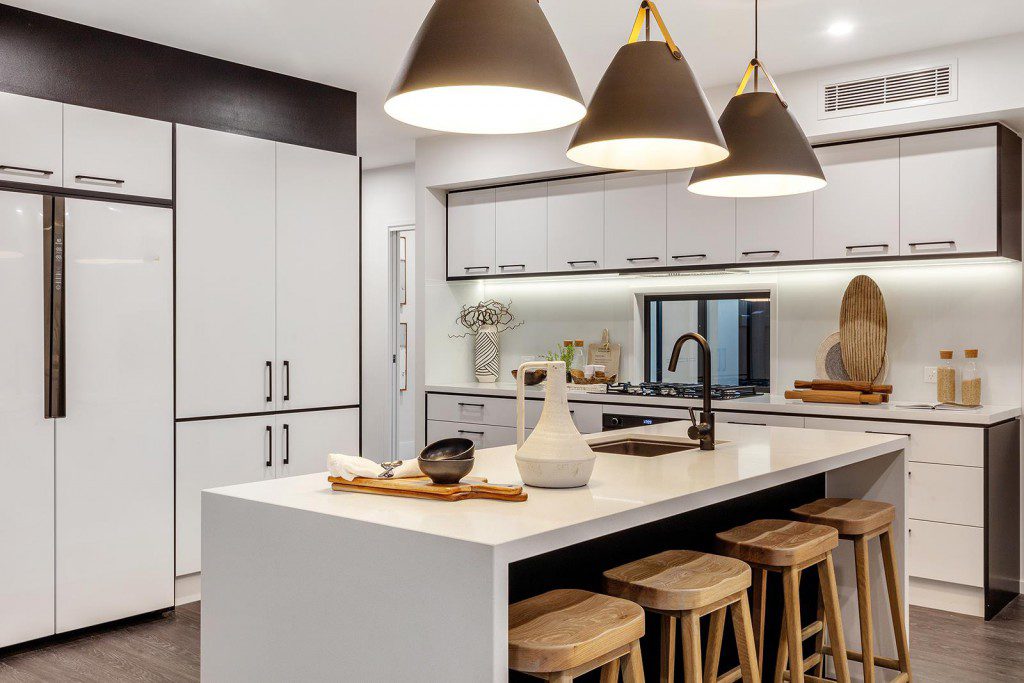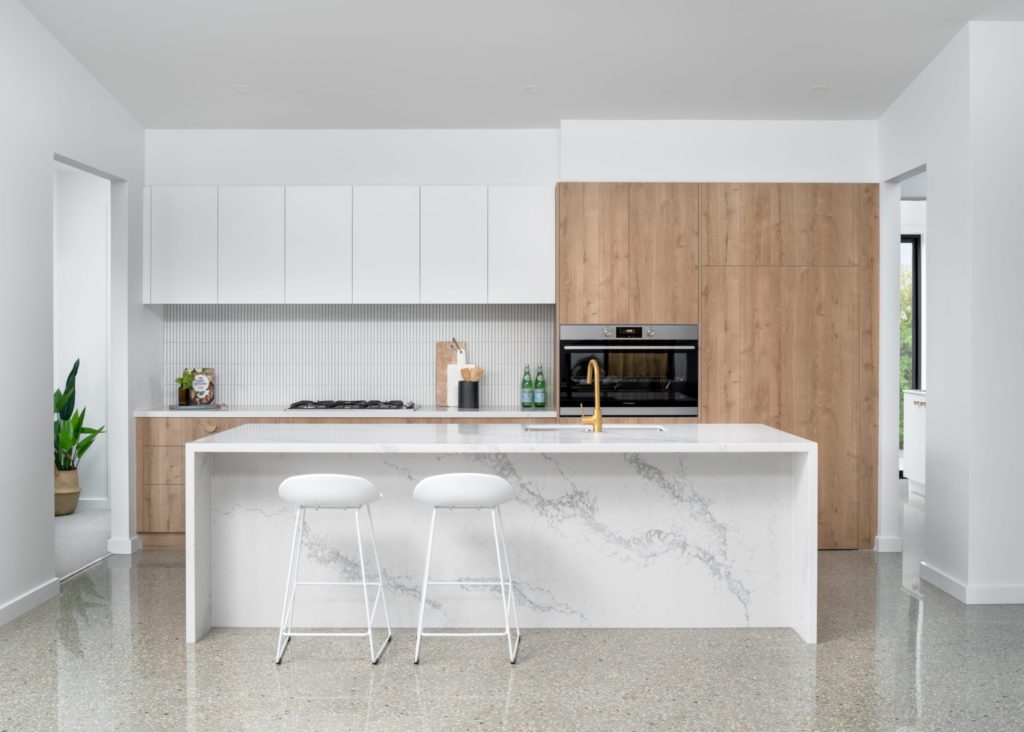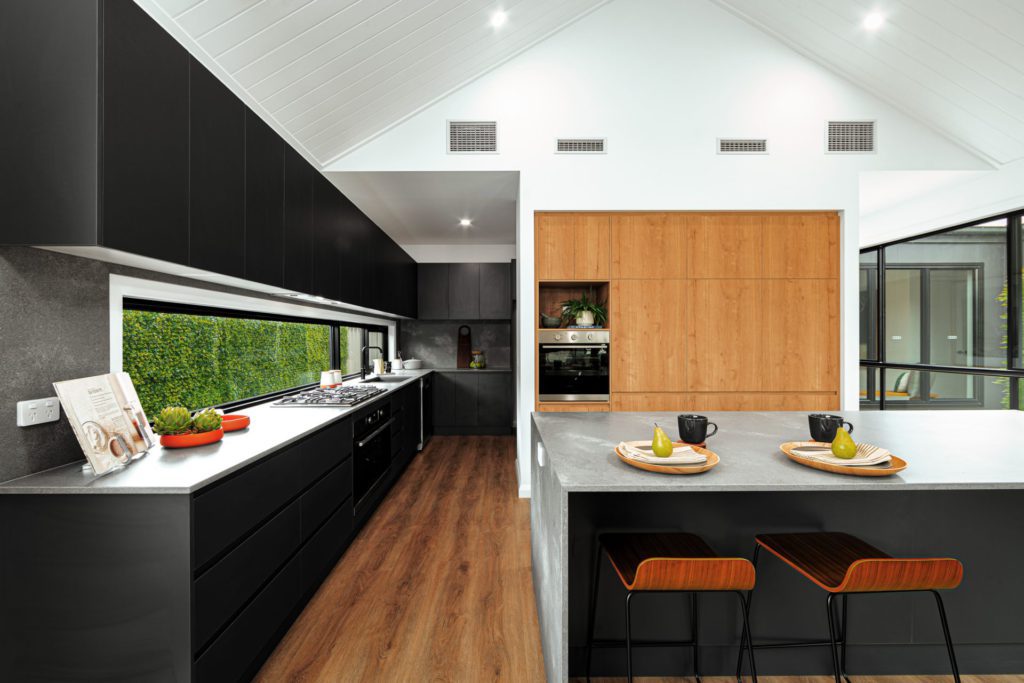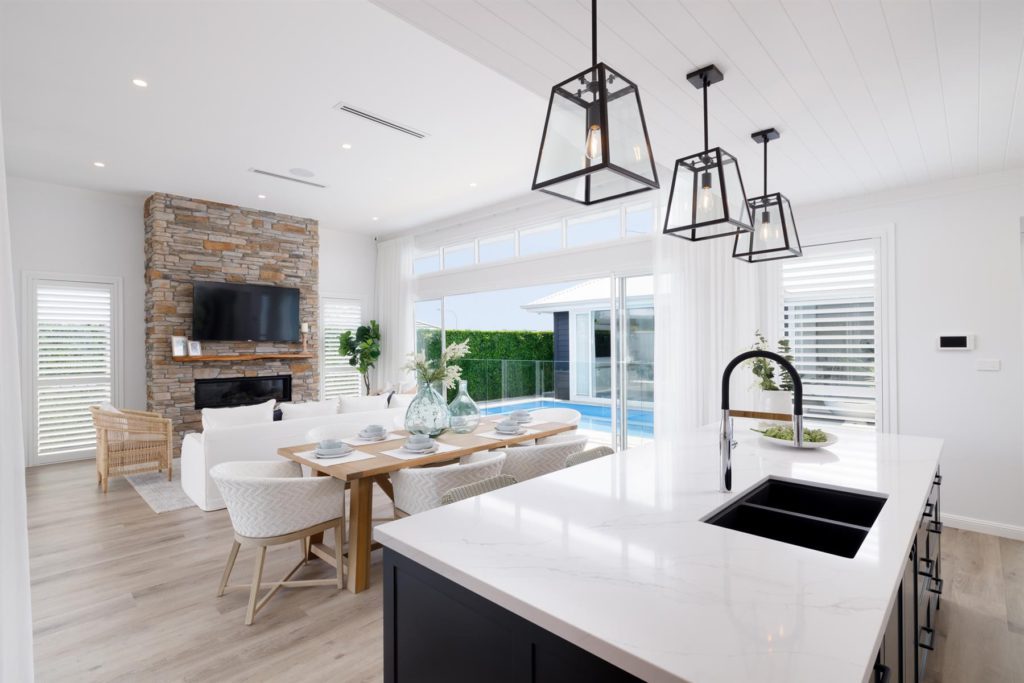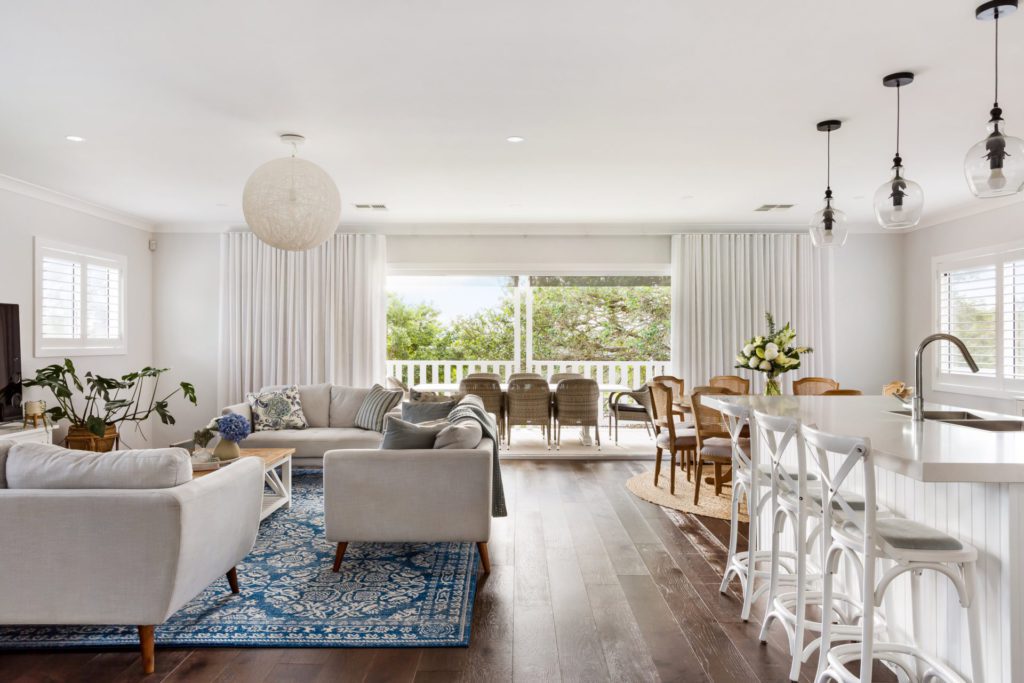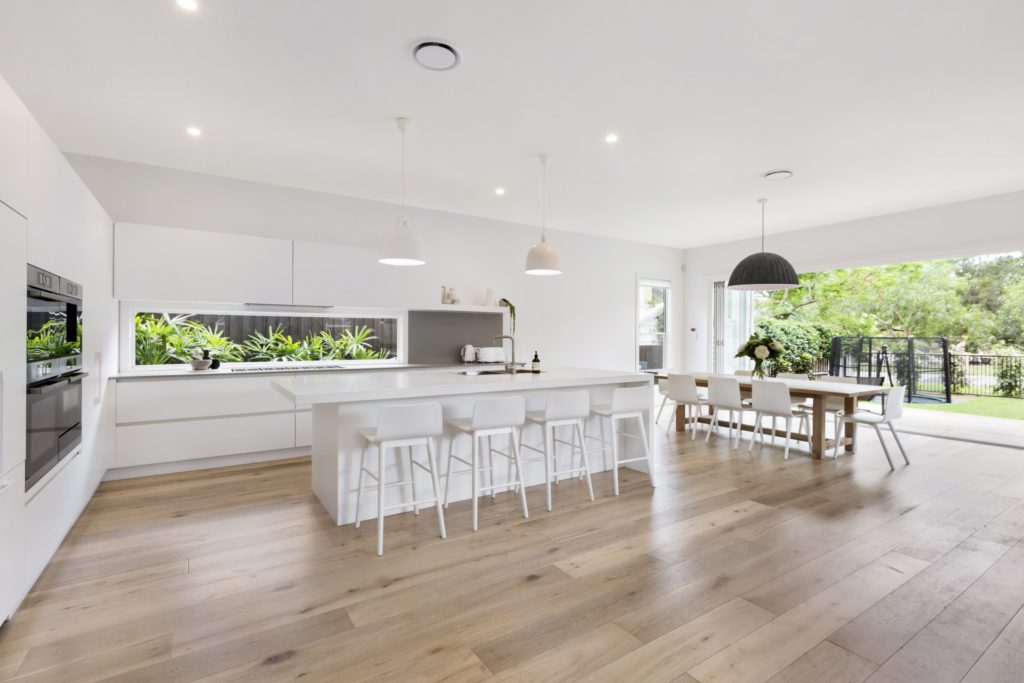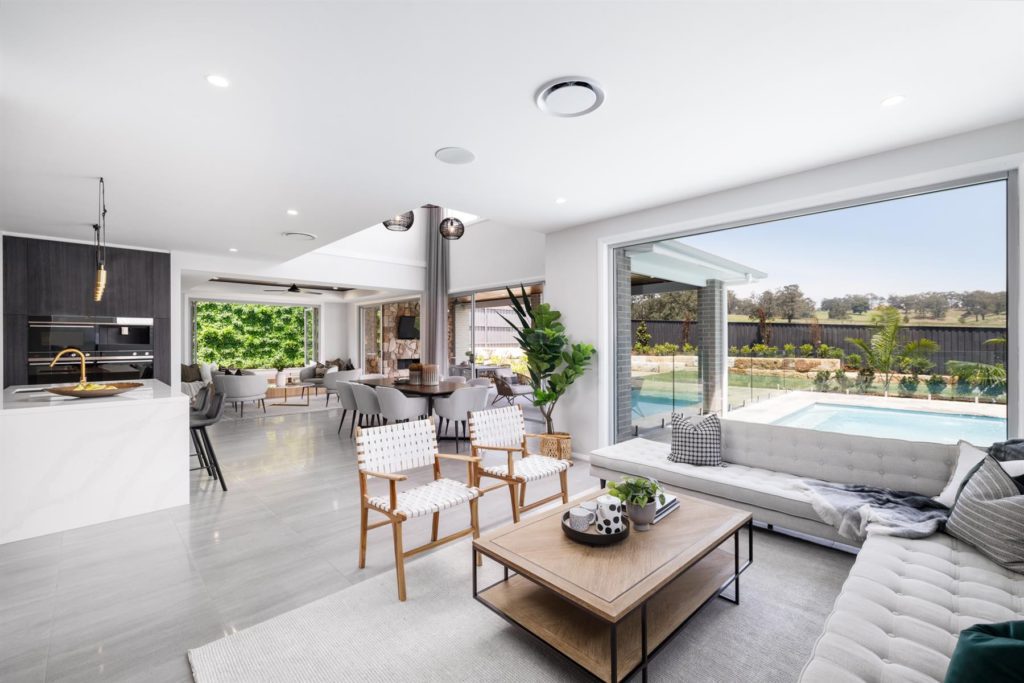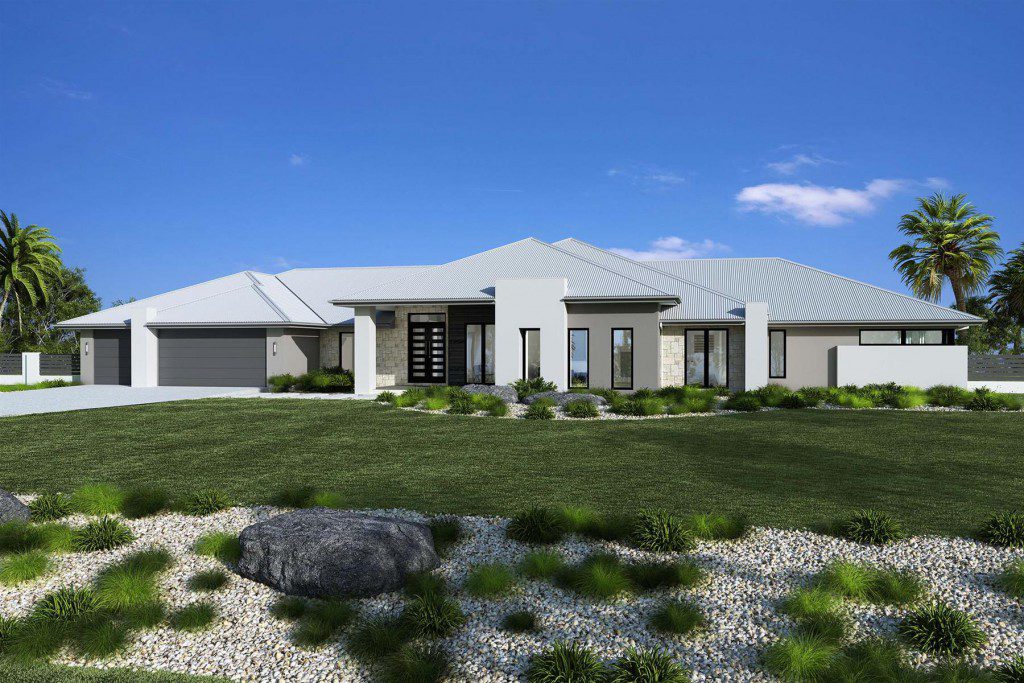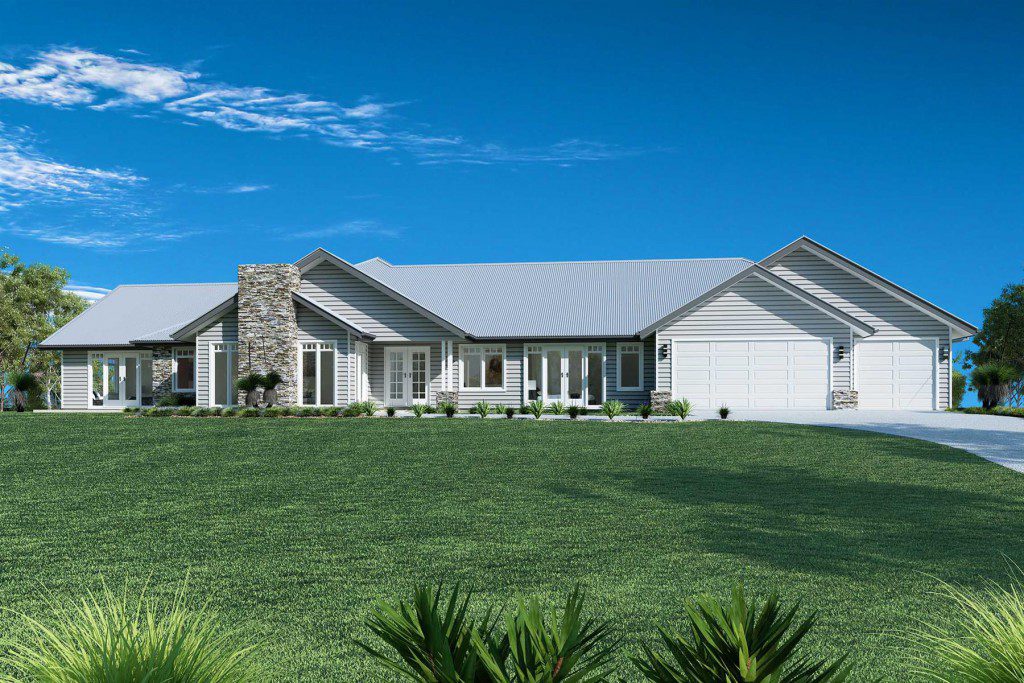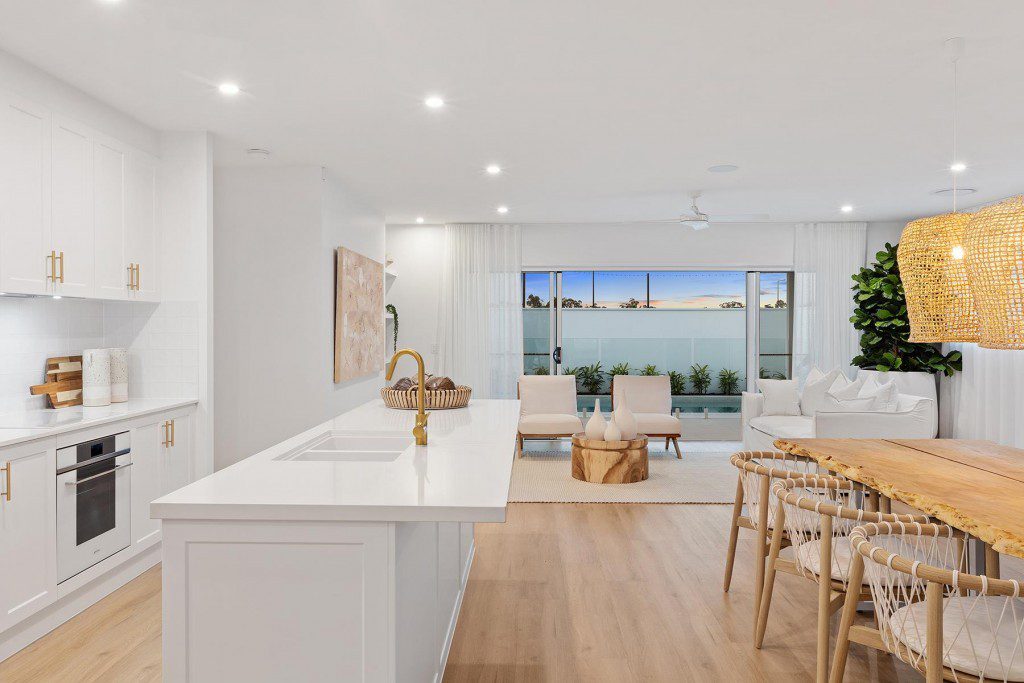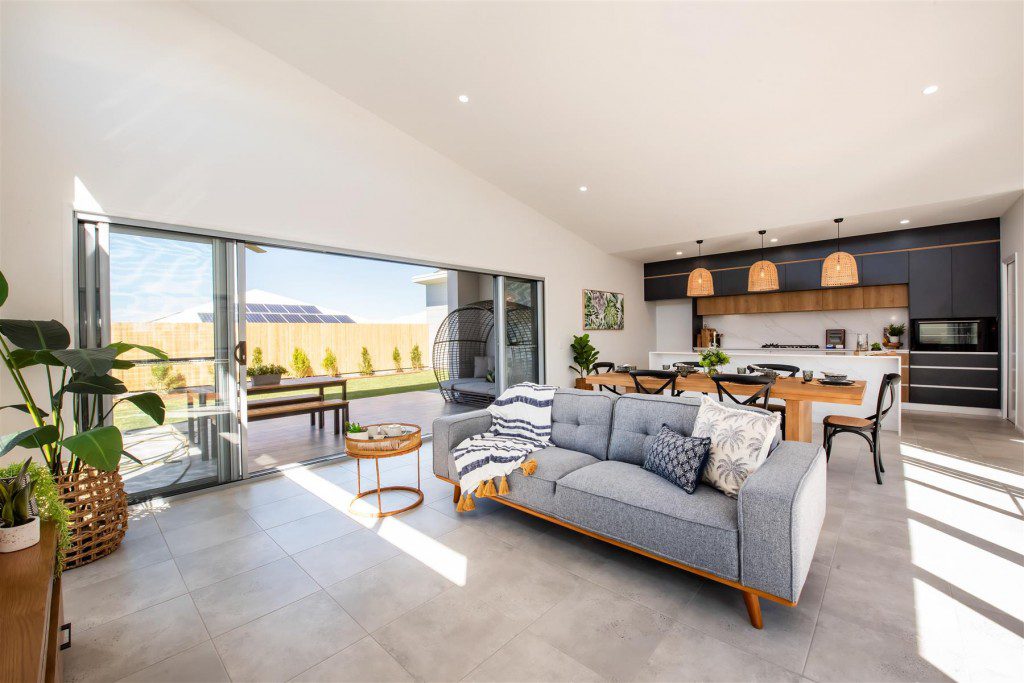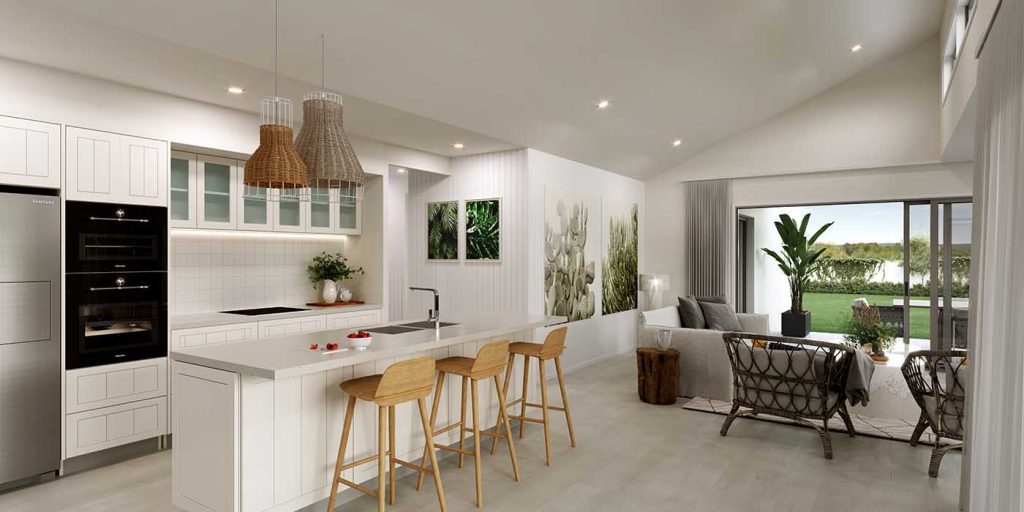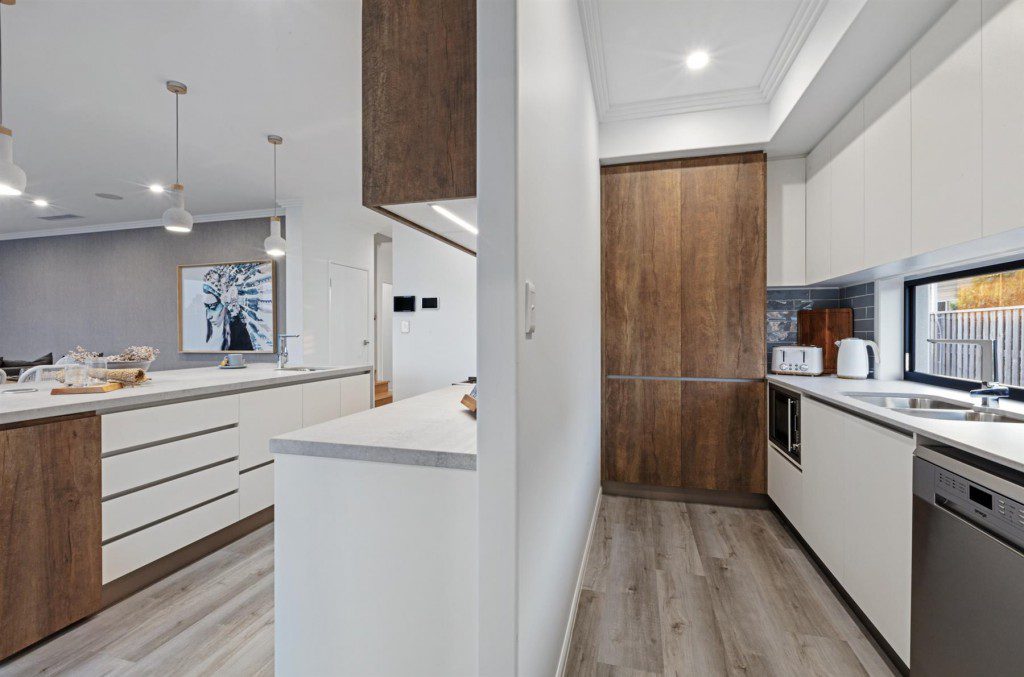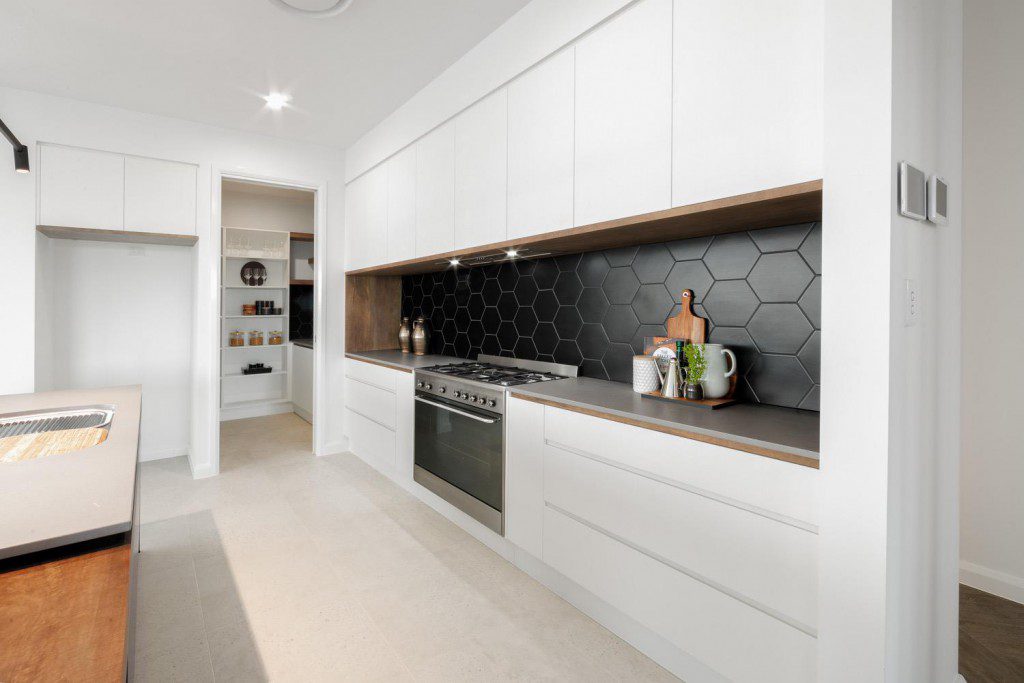
As had been widely predicted, the Reserve Bank of Australia (RBA) has announced a major increase in interest rates. After an all-time low, this increase marks a new experience for homebuyers in 2022. Changes to interest rates are a major influence on property cycles, as access to home loans and repayment are directly impacted.
As one of Australia’s leading home builders, G.J. Gardner Homes understands building your dream home is a goal for most Australians. Although the housing market will vary from city to city, this is what the interest rate increase means for home buyers looking to turn their dream home into a reality.
The End of An All Time Low
As a response to the financial tension caused by the pandemic, the RBA reduced interest rates to an emergency low of 0.1% in an attempt to curb inflation. For home buyers, this marked a prime environment to borrow money and secure a home loan. Lower interest rates provide you with lower repayments so you are more likely to be able to secure a loan.
The recent low-interest rates have meant many homebuyers have accessed a higher loan amount when they previously could not. The housing market has reflected this low with increased competition and property prices. April 2022 national housing values have increased by 27.0%, adding approximately $159,300 to the median value of an Australian dwelling.
Rapid Increase in Interest Rates
The recent increases announced have seen interest rates soar by 25 basis points from 0.1% to 0.35%, highly anticipated by current inflation. This is the fastest pace increase in the past 21 years.
For homeowners, loan repayments are set to increase over the next 18 months. For homebuyers, the interest rate spikes are set to inform the housing market competitiveness as well as access to mortgages.
How Will This Affect Homeowners?
Depending on your loan type, the increase in interest rates may impact you differently. Homeowners with variable mortgages could see their repayments increase in the coming weeks, depending on how fast the banks pass on the rate.
Homeowners with fixed rates may be unaffected in the short term, depending on their fixed rate loan terms. It is important to review your mortgage and speak to your lender about potential options moving forward. If homeowners have the ability to use additional savings to offset their mortgage, it could help soften the impact of the increase. Making additional payments and putting more money aside for when your bank raises its interest can also help you prepare.
Home Buying Going Forward
If you’re looking to purchase a home going forward, the increase in interest rates is likely to diminish the borrowing power of those hoping to enter (or re-enter) the housing market.
Interest rate increases will likely cause a dip in the maximum amount of money potential borrowers can access. Higher interest rates make it less likely for lenders to approve home loans, as prospective borrowers are less likely to guarantee they can repay their home loans and the associated interest. When interest rates are high, buyers are less likely to access the mortgages they would need in order to enter the property market for homes they cannot afford.
The decrease of players in the housing market can be expected to reduce the volatility of the markets by reducing the number of property transactions. However, it will also make securing a larger loan more difficult for more expensive properties.
On the plus side for homebuyers, it is expected that rising interest rates will slow house price growth, potentially making it easier for first-home buyers to get into the market.
Get in touch
To learn more about interest changes, we recommend reviewing the RBA’s statement. If you’re a potential home buyer and hoping to understand more, contact your local G.J. Gardner office to understand how to get started buying a home.

